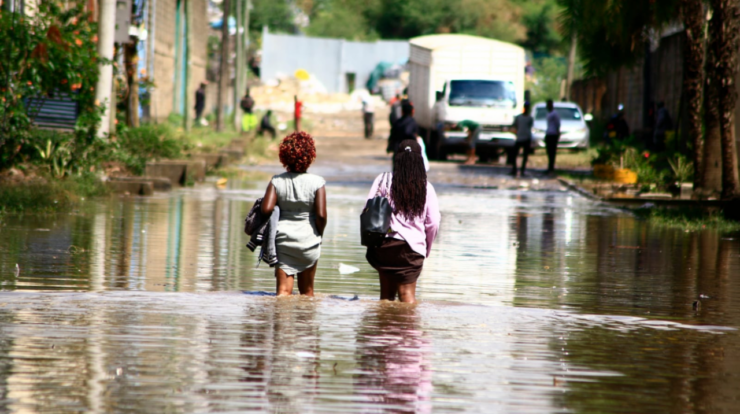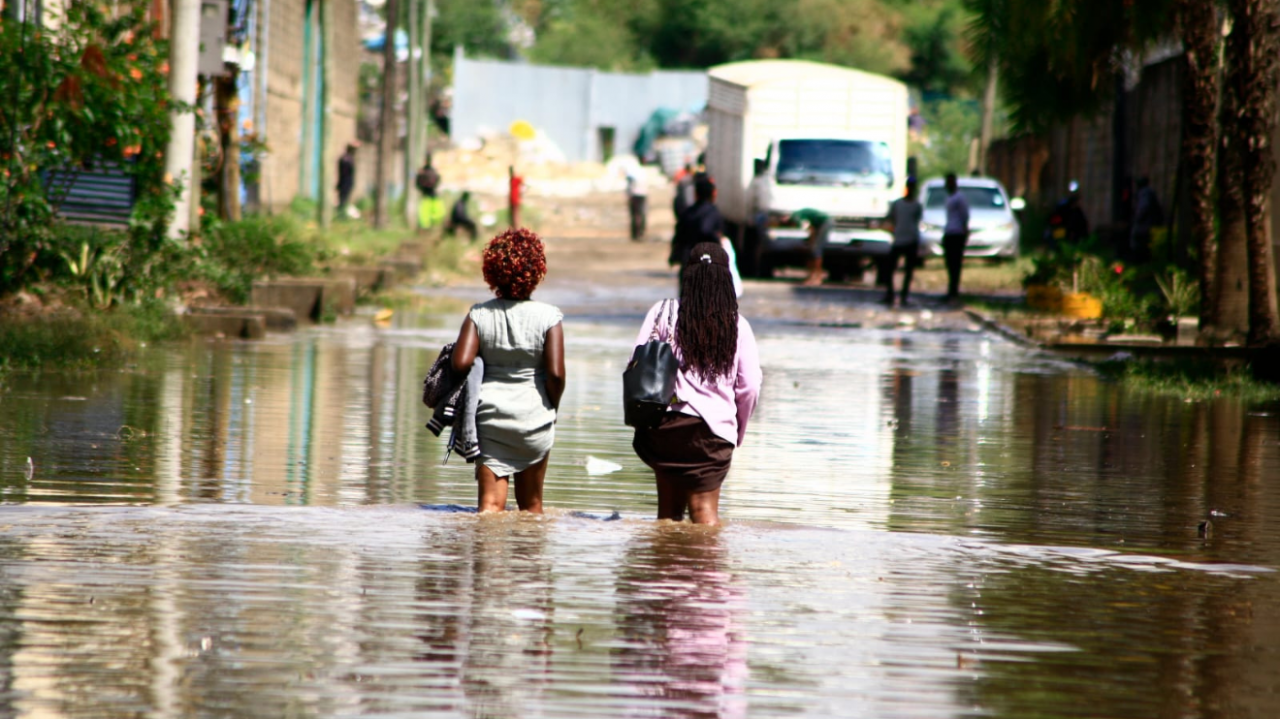
Kenya Nairobi Flooding: A tale of torrential rains, overwhelmed drainage systems, and the relentless impact on Nairobi’s urban landscape. Join us as we delve into the depths of this recurring crisis, exploring its causes, consequences, and the urgent need for sustainable solutions.
In the heart of Kenya, Nairobi grapples with the persistent threat of flooding, a menace that has left an indelible mark on the city’s infrastructure, economy, and the lives of its people. Heavy rainfall, coupled with inadequate drainage systems and deforestation, has transformed Nairobi’s streets into raging rivers, submerging homes, businesses, and livelihoods.
Background of Flooding in Kenya
Kenya, particularly its capital city Nairobi, has a long history of flooding. The city is located in a low-lying area, surrounded by hills that can cause heavy rainfall to accumulate. Poor drainage systems and deforestation have further exacerbated the problem.
Flooding in Nairobi has become more frequent and severe in recent years. In 2019, the city experienced its worst flooding in decades, with over 100,000 people displaced from their homes.
Causes of Flooding
- Heavy rainfall: Nairobi is located in a region that receives heavy rainfall, especially during the rainy seasons.
- Poor drainage systems: The city’s drainage systems are often inadequate to handle the volume of rainfall, leading to flooding.
- Deforestation: Deforestation in the surrounding hills has reduced the ability of the land to absorb rainfall, increasing the risk of flooding.
Impact of Flooding on Nairobi
Social Impact
- Displacement: Flooding can force people to leave their homes, disrupting their lives and livelihoods.
- Health risks: Flooding can lead to the spread of waterborne diseases and respiratory infections.
- Psychological impact: Flooding can cause anxiety, depression, and other mental health issues.
Economic Impact
- Infrastructure damage: Flooding can damage roads, bridges, and other infrastructure, disrupting transportation and communication.
- Business disruption: Flooding can force businesses to close, leading to lost revenue and productivity.
- Agricultural losses: Flooding can destroy crops and livestock, harming the livelihoods of farmers.
Environmental Impact
- Water pollution: Flooding can contaminate water sources with sewage and other pollutants.
- Soil erosion: Flooding can erode soil, reducing its fertility and increasing the risk of landslides.
- Loss of biodiversity: Flooding can destroy habitats and kill wildlife.
Government and Community Responses
Government Measures
- Infrastructure improvements: The government has invested in improving drainage systems and building flood control structures.
- Early warning systems: The government has established early warning systems to alert people to impending floods.
- Disaster relief: The government provides disaster relief to flood victims, including food, shelter, and medical care.
Community Responses, Kenya nairobi flooding
- Community-based flood management: Local communities have formed groups to implement flood prevention and response measures.
- Education and awareness campaigns: NGOs and community groups conduct education and awareness campaigns to promote flood preparedness and safety.
- Community-led flood response: Local communities often organize their own flood response efforts, including evacuation and rescue operations.
Sustainable Solutions for Flood Mitigation
Green Infrastructure
- Rain gardens: Rain gardens are planted depressions that collect and absorb rainwater, reducing runoff.
- Permeable pavements: Permeable pavements allow water to seep through, reducing surface runoff.
- Green roofs: Green roofs are covered with vegetation that absorbs rainwater and reduces runoff.
Flood Warning Systems
- Real-time monitoring: Flood warning systems use sensors to monitor water levels and rainfall, providing early warnings to communities.
- Early evacuation plans: Early evacuation plans identify safe evacuation routes and designated evacuation centers.
- Public education and awareness: Public education and awareness campaigns promote the importance of flood warning systems and evacuation plans.
Urban Planning and Development
Zoning Regulations
- Restricting development in flood-prone areas: Zoning regulations can limit development in areas at high risk of flooding.
- Requiring flood mitigation measures: Zoning regulations can require developers to implement flood mitigation measures, such as elevated buildings and drainage systems.
- Incentives for sustainable development: Zoning regulations can offer incentives to developers who incorporate sustainable flood mitigation measures into their projects.
Building Codes
- Elevating buildings: Building codes can require buildings in flood-prone areas to be elevated above flood levels.
- Flood-resistant construction: Building codes can require buildings to be constructed with flood-resistant materials and techniques.
- Retrofitting existing buildings: Building codes can require existing buildings in flood-prone areas to be retrofitted with flood mitigation measures.
Green Space Preservation
- Preserving natural floodplains: Preserving natural floodplains allows water to spread out during floods, reducing the risk of flooding in developed areas.
- Creating new green spaces: Creating new green spaces, such as parks and greenways, can help absorb rainfall and reduce runoff.
- Incentives for green space preservation: Local governments can offer incentives to landowners who preserve green space on their properties.
Outcome Summary: Kenya Nairobi Flooding

As we navigate the complexities of Kenya Nairobi Flooding, it becomes imperative to embrace innovative and sustainable solutions. Green infrastructure, flood warning systems, and robust urban planning practices offer a beacon of hope in mitigating the impact of this recurring crisis.
By working together, we can transform Nairobi into a resilient city, one that can withstand the challenges of flooding and emerge stronger.
FAQ Summary
What are the primary causes of flooding in Nairobi?
Nairobi’s flooding woes stem from a combination of factors, including heavy rainfall, poor drainage systems, and deforestation.
How does flooding impact Nairobi’s economy?
Flooding disrupts businesses, damages infrastructure, and hampers transportation, leading to significant economic losses.
What role does urban planning play in mitigating flooding?
Urban planning can help reduce flooding by implementing zoning regulations, building codes, and preserving green spaces.